The late Eavan Boland was acutely aware of the troubled place that women hold in Irish culture and history. She recalled in a 2007 interview that as a young poet she began to see a huge rift in Ireland between “the past” and “history”. As time went on, she said, “it was plain to me that the past was a place of whispers and shadows and vanishings, and that history was a story of heroes”.
This established history was reinforced in Ireland by a gender hierarchy in academic departments that has persisted for decades. Many expert women were never promoted in their profession. Even today women still occupy a minuscule percentage of senior professorial positions, especially in Irish history departments.
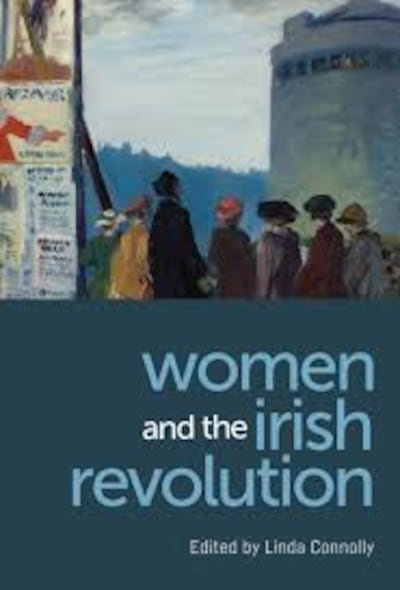
As Ireland approaches the centennial commemoration of the Civil War and foundation of the State, who will be remembered?
The narrative of the Irish revolution as a chronology of great men and male militarism, with women presumed to have either played a subsidiary or no role at all, requires reconsideration.
Significant studies of women’s role and experience in revolutionary movements and wars internationally have explored the gendered nature of conflict. Women, it is clear, cannot be considered just mere victims, stooges or protected bystanders in revolutions, steered by male political leaders, heroes or militants.
The Irish Revolution, in the period encompassing the War of Independence and the Civil War and its aftermath, is no exception to this. Ongoing campaigns for women’s social and political rights after the vote was partially achieved in 1918, women’s role as combatants and militants in republican causes, and the impact of conflict, trauma and violence on women from different backgrounds and on different “sides”, throughout this period, are fundamental issues in the revolutionary period. Women both shaped the revolution and were profoundly impacted by it.
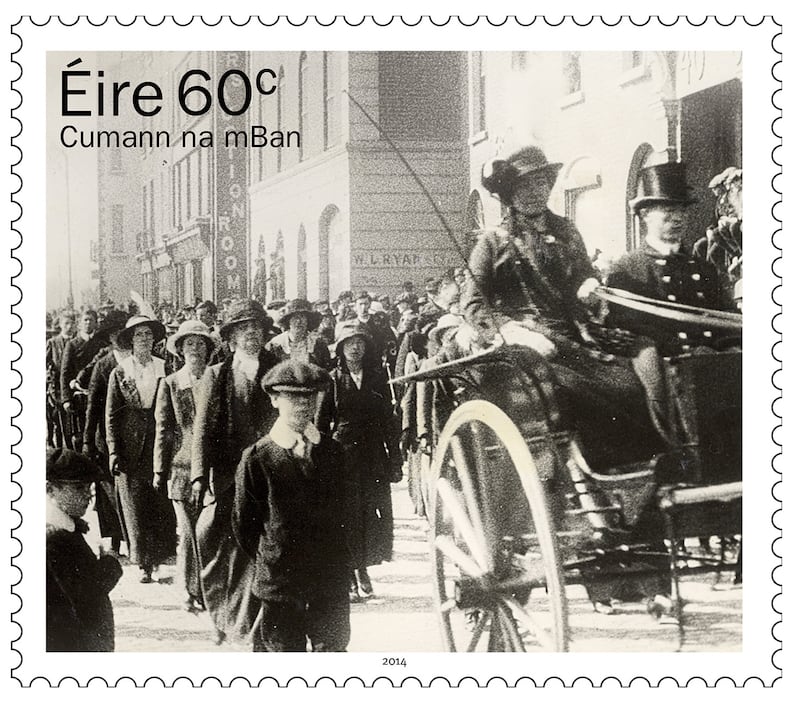
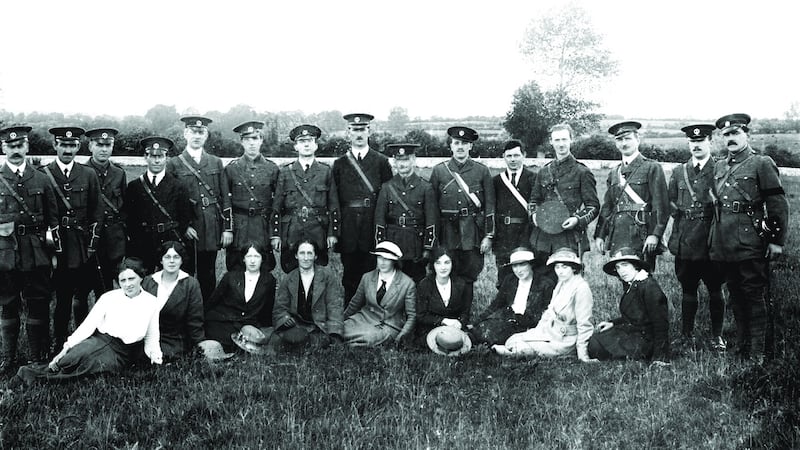
In agreement with Francoise Thébaud, looking at the history of women and developing gender-based approaches “changes and complicates our understanding of war, both of particular wars and of the general phenomenon of war”. Current themes in the study of women, gender and wars, including the processes that accompany the exit from war, private life in wartime and gendered and sexual violence, have the potential to enhance and further expand the scope of Irish revolutionary studies inclusively understood.
What Svetlana Alexievich has termed “the unwomanly face of war” is a complex issue, however. Women were clearly crucial as republican activists and combatants during both the War of Independence and the Civil War in Ireland but not in any uniform way. For example, although the internecine Irish Civil War is described as a case of “brother against brother”, the conflict also had a “sister against sister” dimension, with pro- and anti-Treaty Cumann na mBan forces coming into conflict with one another directly and indirectly as the revolution progressed.
As John Borgonovo writes, Cumann na mBan, the women’s republican organisation formed in 1914, also became more militarised and militant as it attempted to fill the vacuum left by the crumbling anti-Treaty IRA in late 1922 and early 1923. Claire McGing likewise reiterates it was the women representatives who were notably recalcitrant in the Treaty debates in the Dáil in 1921-22. The tension in prioritising feminist and/or nationalist objectives was a constant challenge and ongoing source of contention among female activists despite their evident comradeship and solidarities.
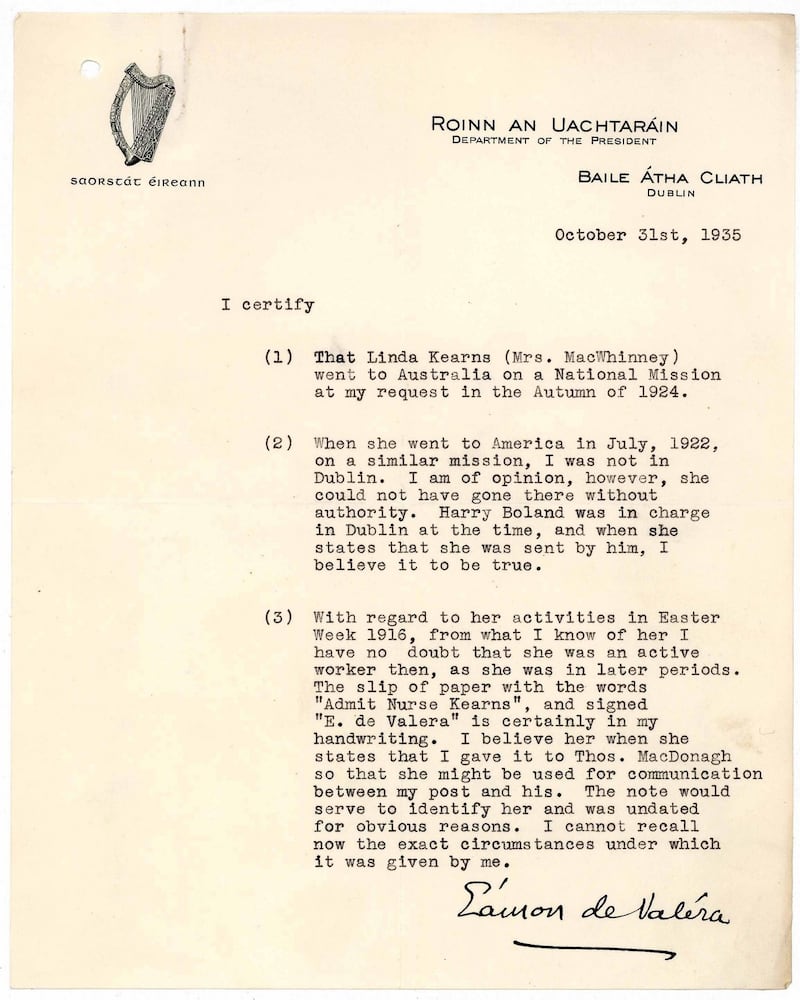
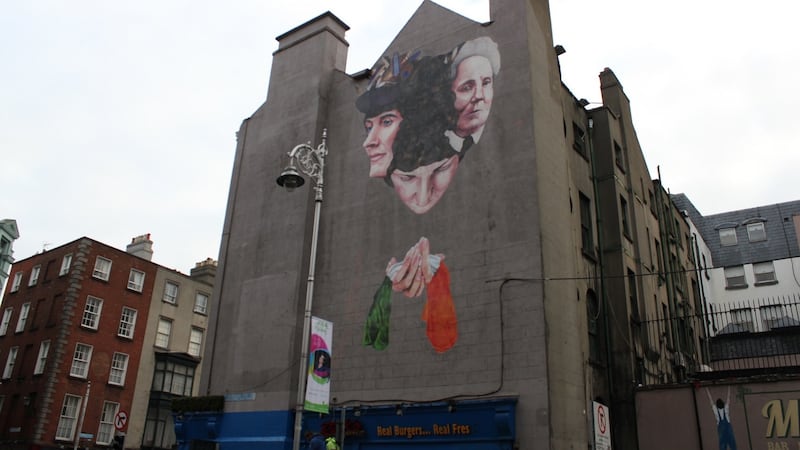
Women’s historians and women’s studies scholars have, of course, for over four decades already articulated Irish women’s role and experience of the revolution in prestigious publications internationally. A prodigious body of interdisciplinary and peer reviewed scholarship, including by the contributors to Women and the Irish Revolution, exist in this field and inform authoritative accounts of the period.
Margaret Ward foregrounded the study of women in the Irish revolution in 1983 for a whole generation of scholars that followed in her ground-breaking text, Unmanageable Revolutionaries. Other important and sophisticated surveys of gender, nationalism, unionism, socialism and feminism, as well as biographies and studies of women’s organisations and the first wave women’s movement, followed. In addition, over 20 years ago, sociologist Louise Ryan published an early, ground-breaking article – Drunken Tans – on the completely unspoken about violence and terror women experienced in the War of Independence. Over time, peer esteem work on women has also been selectively incorporated into more general historical accounts of the revolution, though this remains somewhat uneven.
The study of women in the Irish revolution is clearly not new. However, as Marie Coleman states, the “decade of centenaries” has been a particular boon to research as archival repositories have released new and valuable material relating to the Irish revolution and its immediate aftermath.
The experience and the long-term fate of civilian and activist women – republicans, loyalists, feminists, socialists, rural, urban, working-class, upper-class, Protestant and Catholic women – are revealed in tremendous detail in accessible sources like the Bureau of Military History Witness Statements of men and some women, gathered in the 1950s, the Military Service Pensions collection, compensation claims, military trials and court martials, RIC reports, personal papers, institutional documents and newspapers. The contributors to Women and the Irish Revolution mined and interpreted a range of these sources, from different vantage points.
A number of themes, drawing on a wide range of evidence, are developed. The importance of the family or the “home front” in the revolution, where women were often located as vulnerable civilians or republican activists, including if male members were on the run or engaged in guerrilla warfare, is apparent. Revolutions, it can be argued, are as much made and promulgated in the kitchen as in other locales, with women not just engaged in running the domestic space in the face of external, violent threats and terrifying attacks by republicans, crown forces and Free State soldiers vividly recounted, but also in constructing it as a political space for ideas, strategies and military planning and for establishing support systems for combatants and other women subjected to violence and intimidation.
The widespread use of forced hair cutting, in particular, as a form of sexual policing and gender-specific punishment meted out by all sides in the conflict (crown forces and republicans) is detailed in my own contribution. Cases of conflict-related sexual violence and gang rape are also evident and outlined.
President Michael D Higgins stated in 2019, at the commemoration of the 1st Dáil: “Let us not look with any trepidation towards the commemorations of the coming years, lest we be tempted to avert our gaze, take refuge in evasion, or seek to ignore the difficult questions they shall raise for us all.”
A key question arising in this moment of national remembrance is – if violence cuts to the very heart of the State’s foundation, how and in what ways is this gendered? And why was the violence women experienced marginalised, minimised or negated in the official histories of this period for such a long time?
Any contention that serious sexual violence did not happen in the Irish revolution is notably challenged by dissecting the evidence contained in women’s own personal testimonies recorded in trials, compensation claims, pension applications, personal letters and in medical documents recording internal injuries inflicted.
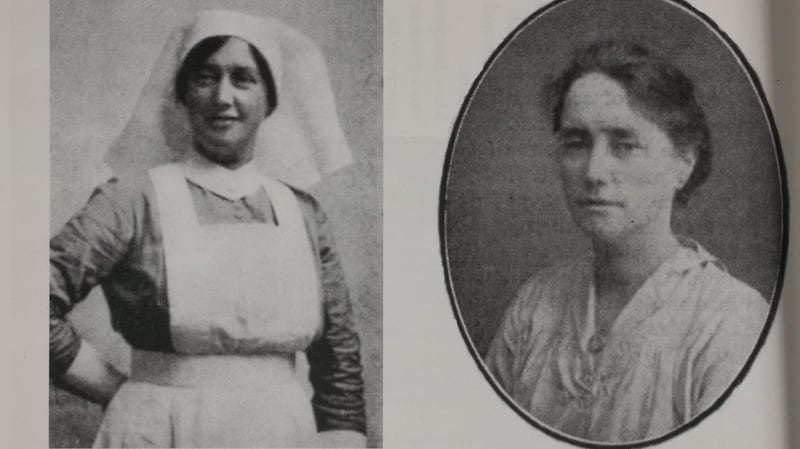
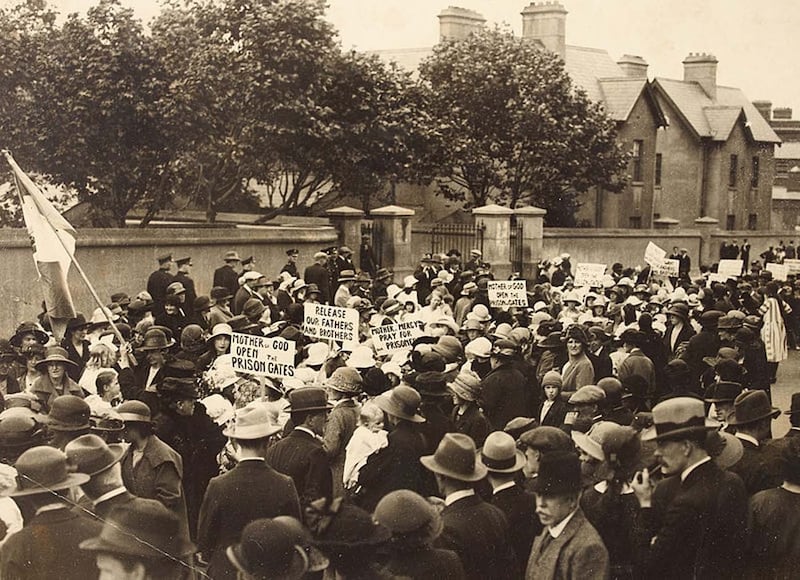
Sexual and gender-based violence in the Irish revolution was a serious problem identified in sources across all counties in Ireland. At least nine serious cases of military rape and sexual assault (two of them gang rapes and another an attempted gang rape) can be identified for the Civil War period alone, involving Free State, Republican and B Special combatants, including in Moate, Co Westmeath (rape); Kenmare, Co Kerry (two women assaulted and a rape allegation made); Foxford, Co Mayo (gang rape); Dromintee, Co Armagh, (two women raped or sexually assaulted); Dromineer, Co Tipperary (gang rape); Co Roscommon (rape); and Tankardstown, Co Meath (rape and attempted gang rape). Such attacks took place during raids on private houses (including two public houses, where the women resided).
Despite the sacrifice, suffering and trauma women experienced during the revolution, a key outcome of it was the subsequent introduction of a succession of restrictions on Irish women’s social and political rights, on the part of the new southern State.
Although women continued to exercise agency in a variety of ways in society, the fusion of a deeply conservative religious and state ideology from 1922 on created a particularly regressive climate for feminist politics and women’s rights, which persisted for several decades. Women were formally relegated to family duties and repressive laws intended to encourage the birth of more children within the institution of marriage, were introduced.
The sexual policing and censorship of female sexuality witnessed during the revolution and evident in the institutionalisation of “fallen women”, including women who may have been raped, further consolidated and expanded in this period. Members of both the IRA and the Free State army heavily engaged in the surveillance of female sexuality and sexual policing and, in some documented cases, implemented sexual violence during the revolution.
Sexual and gender-based violence is evident both in periods of stability and conflict in Irish history. For Valentine Moghadam, the strong roles played by women in revolutions were in some cases rolled back by new regimes emphasising ideologies of gender difference – a “women-in-the-family” model evident in revolutions in for example Mexico, Algeria, Iran and Ireland. In other contexts, an emancipatory model in which women actually gained rights transpired in the post-revolutionary era.
Far fewer women than men died in the Irish revolution. Notable exceptions include the 13 women killed in Co Cork during the War of Independence, whose individual stories are eloquently recalled by Andy Bielenberg. Mary Hall for instance from Cork city was one such woman – killed in the crossfire in the Upton train ambush on February 15th, 1921, on the way home to visit her parents in Castletownbere.
But the outcome for many other women touched by the revolution and whose lives are explored and brought to life in this collection, was demoralising, sad and life-altering. Naming and recovering the experience of these women is in itself an active of retrieval. Nervous breakdowns, mental illness, institutionalisation in asylums, emigration, loss of job opportunities and livelihoods feature prominently in the personal testimonies of revolutionary women.
It remains to be seen whether the official commemoration of the Civil War in 2022-23 will find a way to ethically remember, understand and mutually honour these women, as an act of retrieval, 100 years later. Or will the commemoration of the final stages of the revolution reproduce the gender hierarchy and power dynamic in Irish history that negated, diminished and excluded these women’s experience and contribution, in the first place?
Linda Connolly is editor of Women and the Irish Revolution: Feminism, Activism, Violence (Irish Academic Press) and Professor of Sociology at Maynooth University











